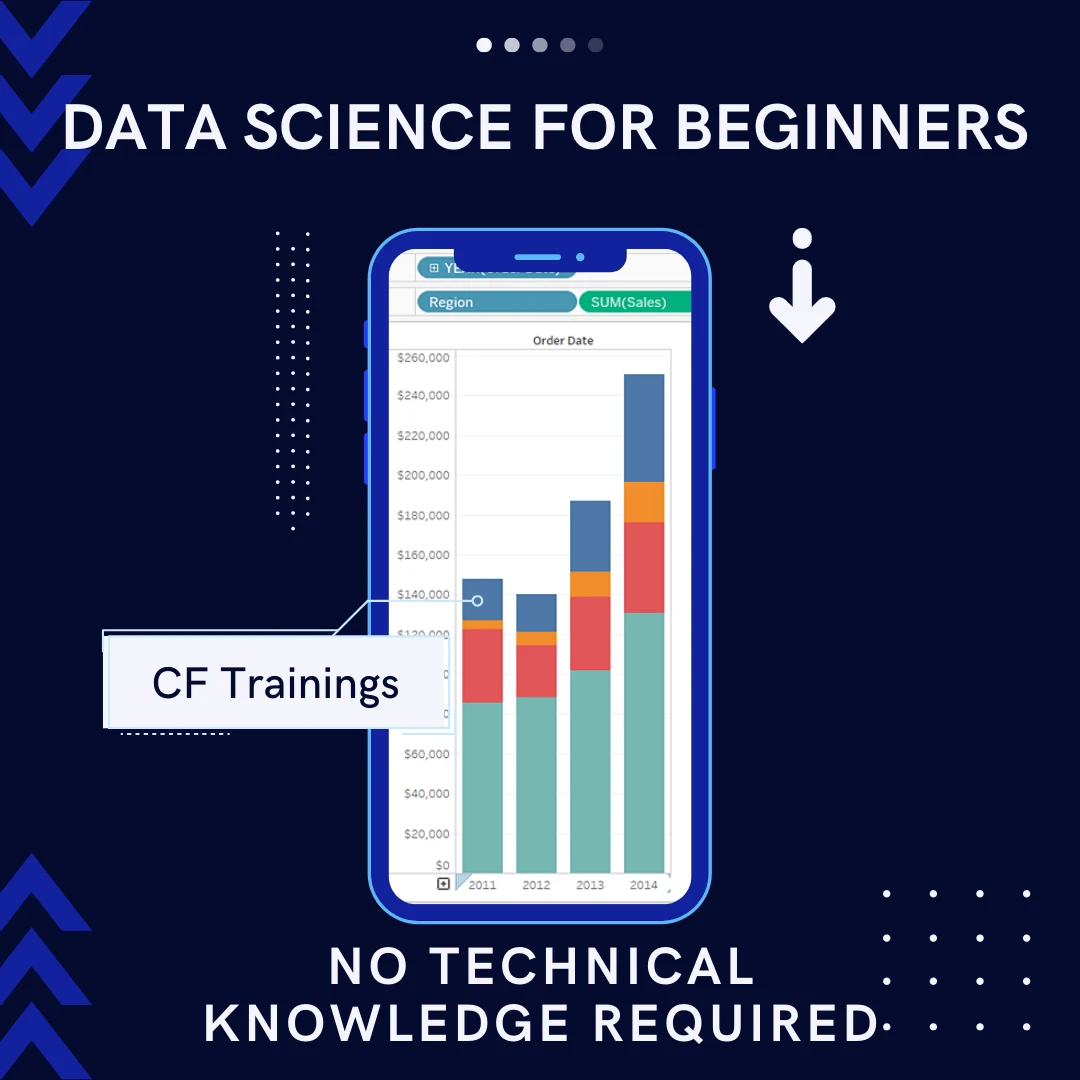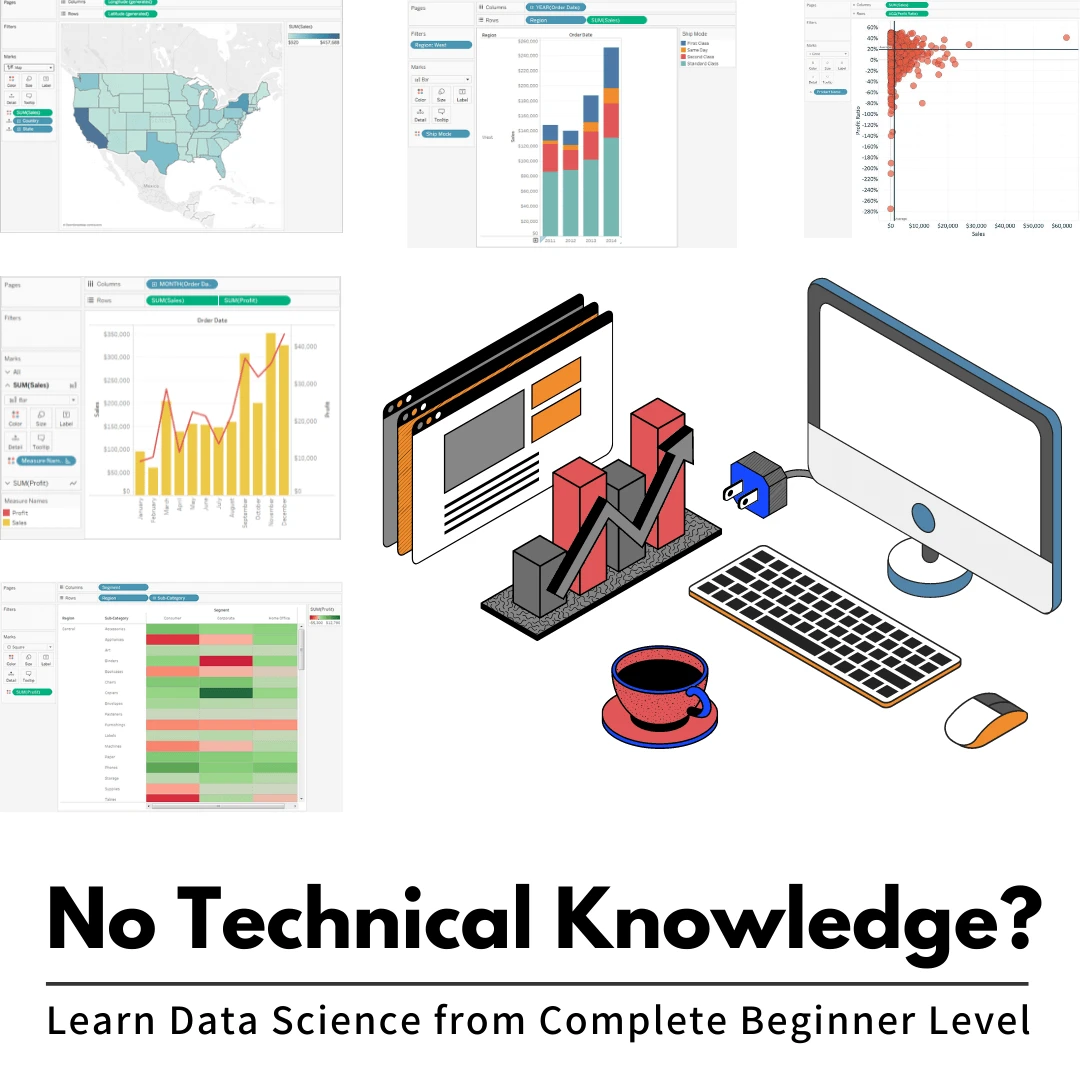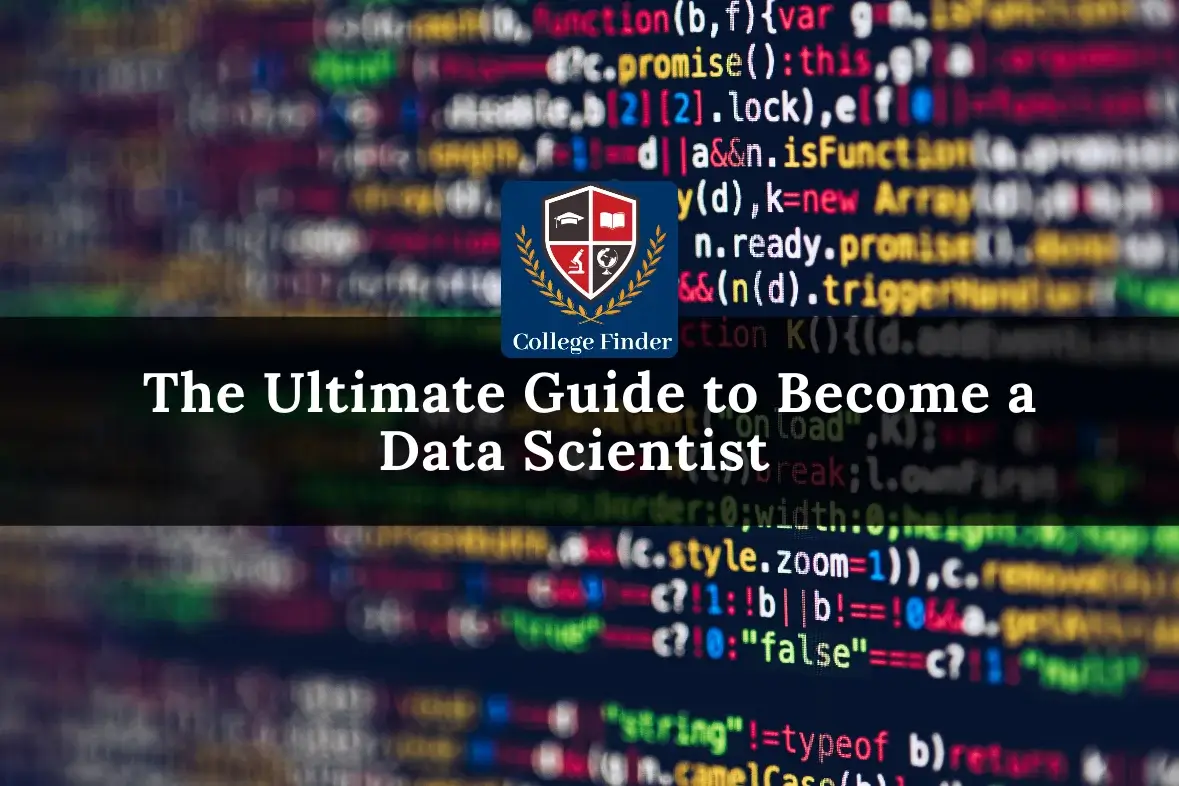
- August 9, 2021
- 1346
- News and Articles
Overview
What’s the difference between analytics and statistics?
Statistics and analytics are two types of data science that share much of their early idols, and the odd point is often committed to a vigorous discussion about where to draw the lines between them. However, contemporary educational systems that carry such titles promote entirely different activities.
Although analysts are trained in analyzing what’s in the results, statisticians are more concentrated on inferring what’s beyond that.
Analytics is a generic word without a specific meaning that can apply to virtually any form of data analysis, especially statistical analysis and guys we’ll let you know that if you guys are interested in learning data science and machine learning with hands-on projects we’ll tell you the best program out there in the market at the end of this blog.
The Difference Between Analytics and Statistics
To put it more succinctly, you will need to think about statistics first before embarking on your analytics project. First, there’s the code. You might not be familiar with statistics, but you’ll need to do something to produce data that can be analyzed and visualized.
Even if you have existing tools, such as a spreadsheet or a specialized web analytics service, they are usually limited by the computing power available. Statistics, on the other hand, is a very time-consuming method and can require an enormous amount of material resources to do it properly. It’s also more suitable for the highest-level information flow and data interpretation and comparison.
What is the difference between education in analytics vs statistics?
Simply put, education in statistics is tied more to the job market and how statisticians have sought after. Few businesses are prepared to invest in training a team of statisticians to do risk analysis for fraud and analysis for marketing research, for instance. Education in analytics, on the other hand, is largely focused on people who intend to apply it for the job market.
It’s also more commonly defined as a degree in statistics, and there are more universities in the US that award such a degree. What is the difference in employers’ requirements in analytics vs statistics? There is a common perception that data scientists need a PhD in statistics. However, it doesn’t need to be that way; just getting a Ph.
What is analytics?
Analytics is an activity that examines data to make sense of it, and then gives it some significance and makes some sense of it. That makes it a form of making observations. It also gives it some intelligence to compare it with other ones. Statisticians, on the other hand, are a group of people who analyze data, and then do something with them, often with a purpose. Many believe that statistics is a science that involves itself with applied research. Analytics and statistics are both important and necessary when it comes to making decisions about issues that concern us.
Some people question how important statistics are in decision-making when a simple piece of data can make a difference, but statistics should be used in collaboration with analytics. They go hand in hand.
What are statistics?
Statistics is the study of how people behave in certain conditions. It examines patterns, probabilities, and outliers, and it allows one to create and utilize them as a tool for informing decisions and decision making. For example, an automobile company or a marketer might determine how many customers are expected to choose their brand after reading a particular article about it online. So, statistics is a process of using existing data to determine values and derive conclusions. It can be used to determine the probability of some events or correlations between several variables.
Analytics and Statistics In a Business Setting
Analytics can be used to detect, forecast, and optimize market results based on company data in general. Predictive forecasting, strategic decision making, retail analytics, shop, and product unit optimization, brand strategy and media mix modelling, q network analytics, sales force scaling and efficiency, demand and pricing modelling, predictive research, credit risk analysis, and fraud analytics are just a few of the computational areas. Analytics algorithms and software use the most up-to-date approaches in computer science, statistics, and mathematics because analytics may include extensive computing.
-What is the difference between a Statistician and an Analyst?
The statistician is highly trained, extremely knowledgeable about their field, and provides precise, focused research. Whereas statistics is an “oriented” specialization of the “specialized,” analytics is far more general – the analytics specialist is, to some extent, a “jack of all trades.” In cases when mathematical theories are critical, the analytics professional should turn to technical statistics for assistance.
At every point in time, analytics is the process of extracting useful information from any data you have on hand. Statistics is, in a sense, the rulebook by which you develop and test candidate information. For example, data can help decide which numerical measures are useful for interpreting the outcomes.
You’ll require both!
Choosing between good questions and good answers is difficult (and frequently antiquated), so working with both types of data professionals should be a no-brainer if you can afford it. Unfortunately, people are not the only cost. To take advantage of their contributions, you’ll also need a lot of data and a data-sharing culture. Having (at least) two datasets allows you to get inspired first, generate theories based on something other than your imagination, and then test whether or not they hold water.
That is the incredible benefit of quantity.
The only reason that people with a lot of data don’t split it is that the strategy wasn’t feasible during the previous century’s data scarcity. It took a long time to gather enough data to be able to separate it. The boundaries between analytics and statistics have hardened over time, and today each group has little affection for the other.
This is an out-of-date viewpoint that has persisted with us because we failed to reconsider it. The legacy delays, resulting in a lot of unneeded statistician bullying and a lot of undisciplined opinions being marketed as a final product by analysts. What excuse do you have not to employ both creativity and rigour where it’s needed if you care about extracting value from data and you have plenty of it?
Conclusion
An analytics job title doesn’t tell much about the type of job seeker you’ll be, but it does say a lot about the subject matter and what the organization is looking for. In a similar vein, statistics are more commonly linked with a more traditional (and sophisticated) job market than analytics, and they cover a wide range of topics. Despite this, they share a lot of commonalities.
Let’s start Concerning the Data Science program: Research & Operations Training + Internship is a 60-day program at collegefinderindia in which you will learn Data Science and be assigned projects based on what you have learned. If you want to work as a Data Scientist or start or continue your career in this industry, this internship is for you.
In just 60 days, you’ll have the abilities you need to become a new Data Scientist. Using Python, R, SQL, MS Excel, and data visualization tools like Matplotlib and Seaborn, you’ll learn how to collect, store, display, process, and use statistics to extract important insights from data.











Add Comment
You must be logged in to post a comment.